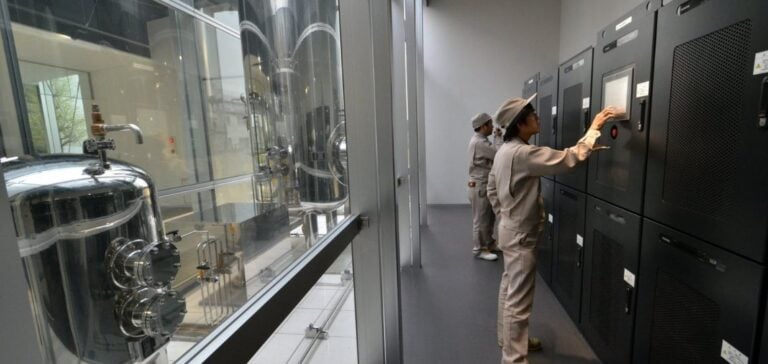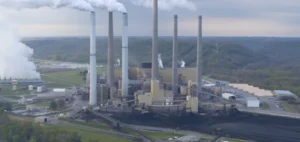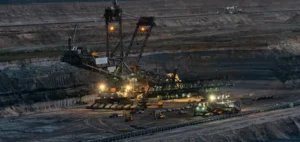JERA and IHI are preparing to start an unprecedented pilot project at the Hekinan power plant in Aichi prefecture. Their aim is to burn a mixture of coal and ammonia to generate electricity. This initiative aims to reduce carbon emissions from existing coal-fired power plants. The success of this project could mark a turning point in the use of cleaner fuels in power generation, at a time when interest in ammonia is growing worldwide.
Ammonia as a green solution
Ammonia releases no carbon when burned, making it a promising alternative to coal. JERA plans to replace 20% of the coal used by ammonia in one of its five generators at the Hekinan power plant. This experiment is seen as a step towards the goal of creating CO2-free thermal power plants. The transition to a 50% ammonia blend is envisaged as the next milestone.
Technical and logistical preparations
To carry out this test, JERA and IHI had to make major modifications to the Hekinan power plant. A spherical tank was installed to store the ammonia, and a 3.5 km pipeline was built to transport it from the quay to the storage site and generator. The generator’s 48 burners are equipped with special nozzles for the delivery of gaseous fuel.
Challenges to overcome
Experimenting with ammonia poses a number of challenges. One of these is the management of nitrous oxide emissions, a greenhouse gas produced when ammonia is burned. What’s more, ammonia is currently more expensive than conventional fuels. The cost of gray ammonia, produced from fossil fuels, is estimated at two to three times that of coal. This additional cost represents a significant obstacle to the adoption of this technology.
Despite the criticism, Japan remains determined to promote this technology in Asia. The conviction is that ammonia can help countries heavily dependent on coal to reduce their emissions while supporting their economic growth. This month, IHI and Sumitomo Corp. have announced their intention to deploy this technology in a power plant owned by Taiwan Power Company. International collaboration and interest in this innovation testify to the potential of ammonia in the transition to cleaner economies.






















